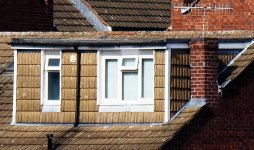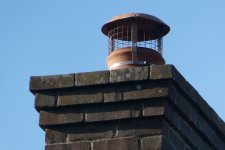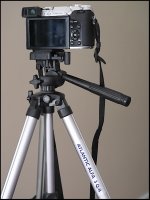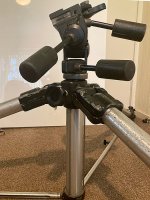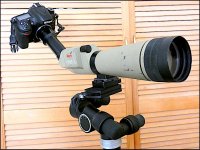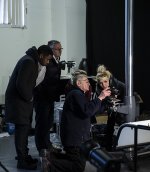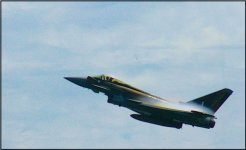A question might be to ask what you want to do with the photos after you've taken them? Bloke in his 60s also answering BTW.
If you want to just show people pictures on your phone then a bridge camera like the Fuji is fine. Mostly anyway. Bazza's suggestion is good.
You mentioned birds - bird photography is possibly the most equipment-dependant type, often needing very large and expensive telephoto lenses, highly accurate and fast focusing and an ability to deal with low light levels. A bridge camera with a crazy-long zoom will get you closer to the birds than you could afford any other way based on your budget, but the results may be disappointing compared with a lot of what you'll see on this site.
Although you mentioned mirrorless being out of budget, you might want to take a look at micro four thirds (M43) cameras, which are mirrorless but use a smaller sensor. They are very affordable, lightweight, compact and capable of decent pictures. Olympus and Lumix/Panasonic are the makers here - I'd look for something like a used Olympus E-M10 or E-M5 with a 'standard' zoom of 12 or 14mm to 42 or 60mm. Should be easily within you budget.
DSLR - there's a lot of choice, but you should think 'system' here. Also 2 formats based on sensor size: APS-C (smaller) and Full Frame (larger). Everyone has their favourites, but there are some good reasons to chose one or another. I would stay away from 'entry-level' DSLRs because the controls are simply less good than enthusiast middle-tier cameras. I'd also stay away from APS-C/crop cameras on your budget because they won't save you much money or weight these days, while having lesser performance than full frame.
Canon AF lenses seem to adapt better to Canon mirrorless than Nikon or Sony (I'm a Sony/Minolta user) so if you ever did decide to change up and had invested in lenses then it might be an easier move.
There are some good deals on Nikon FX (full frame) such as a D610 under £400 - I'd add an AF-D 28-105 for general shooting to that for around £100-£130 for a regular outfit.
I'd stay away from Sony DSLR kit at this stage.
Some important and good points there, and I have to say again that M43 could be the way to go.
About 20 months ago, I changed from Canon to M43 due to wanting more compact and lighter stuff to carry, in the process I bought several Panasonic G3s, with 14-42 lens, paid between £50 and £139 (from a dealer) for them.
I had some luck and got 100-300 lens on ebay for £180.
As I confirmed this was the format I wanted to stay with, more M43 cameras (Panasonic Lumix) came along, but the lenses could be used on all of them.
The G3 is very small and light, at the same time comfortable to hold, and if you upgrade later, other Panasonic cameras have the same menu system (this goes for their compacts and bridge cameras too)
I have a friend who finds his hands get very tired using a TZ compact, I gave him a FZ28 as it has more grip, and he is fine with it, but he sometimes borrows a G3 and a 100-300 lens which he finds similarly comfortable to use.
The FZ82 is probably the most flexible camera within your range, but then the question above
A question might be to ask what you want to do with the photos after you've taken them?"
is relevant, as it usually gives nice results if you use what comes out of the camera, but the limitations of the small sensor soon start to show for anything more.
These photos illustrate the difference in quality I mentioned before. The house (semi-detached, no idea how many bedrooms

) is about 650m away, and both have been cropped to show the same framing
Changing lenses may be an extra inconvenience, but if better quality is needed within budget (there are some lovely "bridge" cameras with good quality if budget is not limited) I would agree with ancient_mariner that M43 is worth a look
FZ82 at max zoom
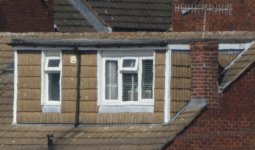
G3 & 100-300 at 300
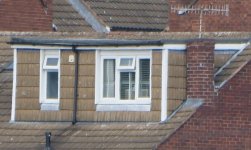
And for interest, though way off budget and every other requirement, the same with a G9 & 100-400 at 400
